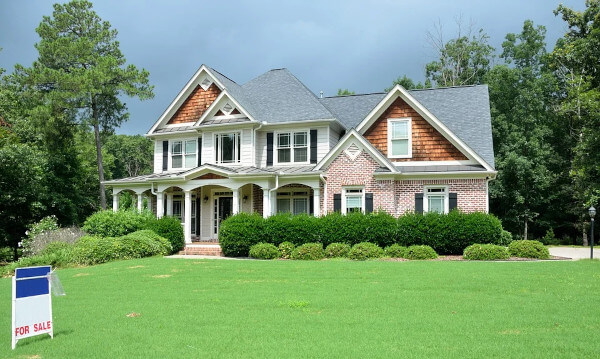6 Reasons Why Investors Prefer Single-Family Homes
It is a common belief that multi-family homes are the best way to make money as they provide multiple incomes. In most cases, they're not wrong. Multi-family housing investments have been one of the greatest forms of income during the past few years, with great rates of return and high demand for this type of property.
Single-family homes are a top choice for many investors. While multi-family properties have their place in portfolios, they aren't as popular as single-family homes. Here are the main reasons why:
1. Less Money Involved
Multi-family properties require higher initial investments, as they generally have higher purchase prices than single-family homes.
On the other hand, single-family homes are less expensive to maintain since they do not have common areas or amenities.
2. Less Time Involved
Depending on the property, multi-family rentals can be vacant for months while their owners are waiting for the right tenants. Single-family homes tend to have less downtime between renters since they have higher demand.

3. More Satisfied Tenants
Homes in good condition with a nice backyard and a garage are the dream of any renter. Single-family homes usually have more space than their multi-unit equivalents, so renters tend to stay longer at the same property.
4. Less Management Time Required
Single-family homes do not require professional management since their owners are responsible for finding new tenants, doing paperwork, and keeping the property safe. This results in less time spent on administrative tasks and more time managing properties instead of people.
5. Single-Family Homes Are Less Risky
Multi-family properties are riskier investments because they have a higher chance of having vacancy rates that vary from unit to unit. Single-family homes don't have that kind of inconsistency.
Multi-family homes may also require more repairs than single-family homes because there are multiple units in one building. Single-family residences can be repaired all at once instead of individually.
6. Fewer Risks When Financing
Investing in a home is like investing in the stock market; if the house's value decreases, you're stuck with a negative asset. Fixing this risk is extremely easy: never invest more than what you can afford to lose and start small.
One concern with investing in single-family homes is that they require a down payment of at least 20 percent of the current selling price. Many investors don't have that kind of cash laying around, but the good news is that a 20 percent down payment can also be a low-interest loan.
Investors always consider whether or not they can afford to maintain the home if it's vacant for any amount of time. The current condition and location of the house are also important: if it's in bad shape and secluded, it will be harder to attract tenants. The property's proximity to public transportation is also a factor.
Why Investors Prefer Single-Family Homes Over Multi-Family Properties
Because it is easier to get fast cash for single-family homes, in addition, the inherent risk of investing in multi-family properties has made investors prefer to purchase single-family homes. There is less risk involved in investing in this kind of property because they have a lower chance of vacancy and needless repairs.
These houses also require a smaller down payment than other houses, meaning that investors can buy more houses with their own money if they don't want or need to take out a loan. Finally, single-family homes offer quick returns and are easier to maintain.